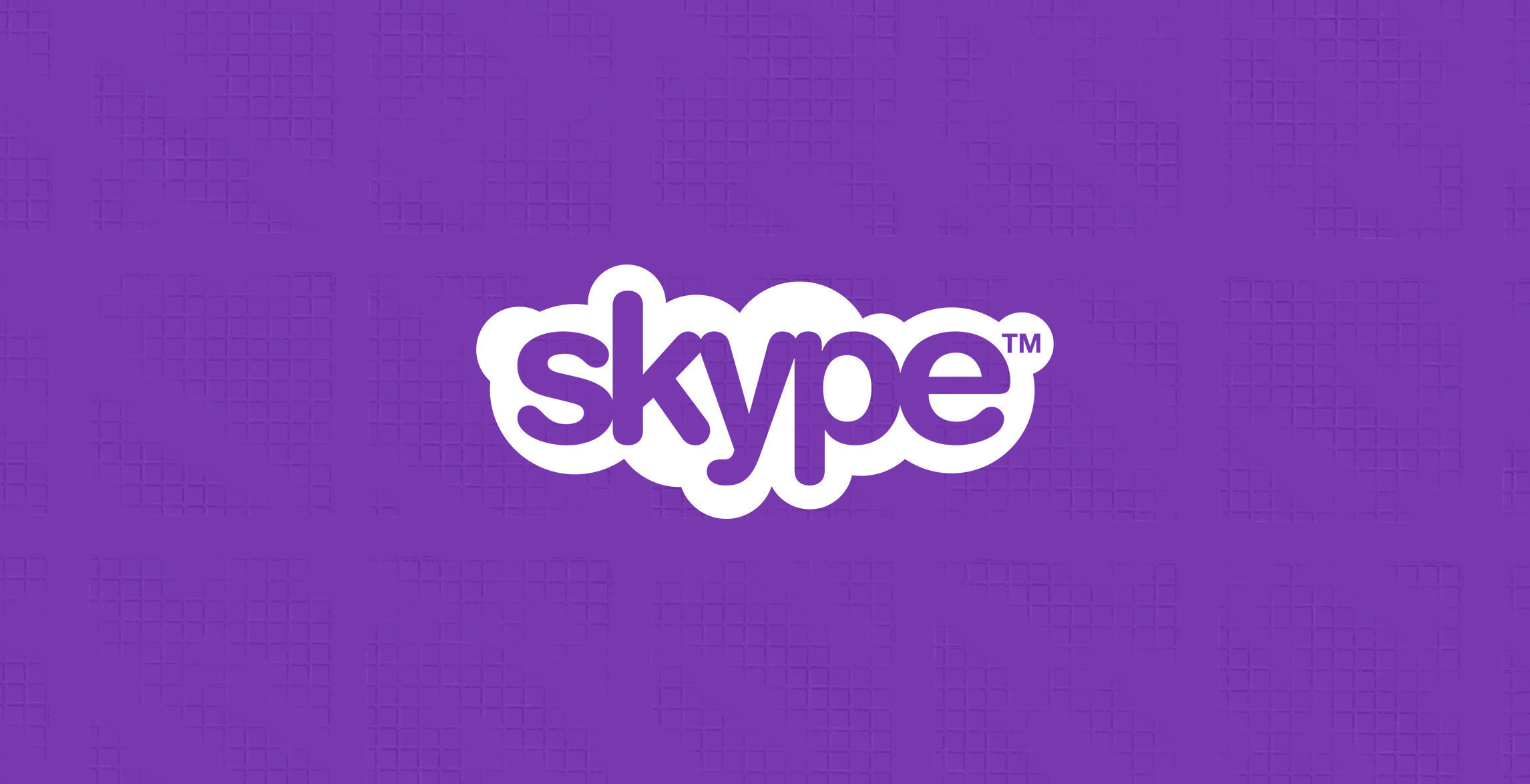If you’ve been in the technology business, you’ve been through the “Hype Cycle” of a variety of solutions, e.g., NetPC, Internet Currency, Paperless Office, Dot-Bombs, the Newton, Virtual Reality, the list is endless.
 Source: http://news.cnet.com/8301-13556_3-20019730-61.html
Source: http://news.cnet.com/8301-13556_3-20019730-61.html
Gartner’s “Hype Cycle” is an example. The underlying concept is pretty simple, much like a rollercoaster, the new technologies enter the market, become the subject of breathless hype, fail to immediately live up to the majority of the pontifications, thus, begin to be perceived as failures, and finally become useful for the mainstream market in a realistic, measured way.
So with that, where is “Cloud Computing” on that rollercoaster? Well, let me give you a hint… Raise your arm up in the air and scream. Now that isn’t to say that the predominate theme to IT and Technology is convergence, even Gartner, Inc. Analysts say,
“.. The benefits that come from managing IT and OT convergence, alignment and integration include optimized business processes, enhanced information for better decisions, reduced costs, lower risks and shortened project timelines…”
However, when entering the Clouderhorn ride, Permanaced Sentados por Favor! Even though the skies are slowly clearing, there still remain a few cloudy misconceptions about this new concept of utility computing.
1) Cloud Computing Is Designed For All types of Applications
Public cloud might be logical for most smaller businesses, new businesses, or new applications like Netflix’ streaming video service, but for large enterprises, completely abandoning many millions of dollars of paid-for equipment, and an immeasurable amount of process and skill investment, is frequently unjustifiable. On top of that some enterprises still have applications that are 10, 20, or even 30 years old and still running critical workloads. Today’s crucial applications are going to be around – and running on private ‘legacy’ systems – for a long, long time.
2) Clouds are Simple and Are a Set It and Forget IT Technology
Really? As just an example, IaaS Clouds can require significant amounts of system administration expertise because the elements that integrate with their applications, like images, must be customized. There is no batch environment, nor a global file system. In fact, users must now take it upon themselves to properly secure their images and instances effectively putting an administrator hat on them. I won’t even get into the Security responsibilities required.
3) Clouds are More Efficient
This may be true; however, the question is for whom? Centers run at >90% CPU utilization and >90% scheduled utilization. This may be sufficient for small to midsize computing requirements; however, with the high performance computing this may pose an issue. Hence, unless you go Private Cloud, this may inhibit the application performance. In addition, these Centers partner Vendors to field cutting edge systems and are more aggressive with technical risks associated with them.
4) Clouds are cheaper
Yes… yes… this is true. Even a report this month by Gartner predicted that IT spending as a whole would drop by six per cent with hardware faring the worst with a predicted drop of 16.3 per cent, compared to software’s drop of 1.6 per cent. In fact, Reports of Gartner and IDC have shown server sales falling by 24 per cent, the worst decline since records began. Point here is that we must be reminded that the total cost of ownership must be folded in, for typically, we forget that the bill for the cloud should include the consulting staff, administration, support.
5) Clouds are Secure
The No. 1 misconception cloud customers have is that their cloud provider is going to provide security services. All of the host-based protection tools you needed before are not going to be provided for you … In fact, this is the first paragraph that they put in their contract notifies buyer beware when it comes to security, they only go as far as providing best effort, but ultimately rely on the customer to provide their own security. As far as monitoring is concerned, they monitor their system for their purposes, not yours. They make sure that their SLA is met, which usually does not include your application’s performance and health.
So what do we do with this information? Baby steps are prudent here. This way, it regulates risk. The cloud is here to stay, but where you want to get on the coaster will be up to you.
__________________________________________________________________
About Affant Communication
Affant Communication is a leading provider of Network/Security Solutions and one of the nation’s premier infrastructure solution providers. Offerings include, but are not limited to Telco/Network & Security Solutions, Software Programming, 24 x 7 Network and Security Monitoring, and Wireless Broadband and Mobile Solutions.
About Rick Ricker
An IT professional with over 20 years experience in Information Security, wireless broadband, network and Infrastructure design, development, and support.
for more information, contact Rick at (714) 338-7137
Want more information on topics covered in this article? Contact us at sales@affant.com or check out our staff page for individual contact information.

Affant Director of Engineering since 2000. Management of engineering and support team, Escalation of all technical and client issues. Sales and design engineer.










